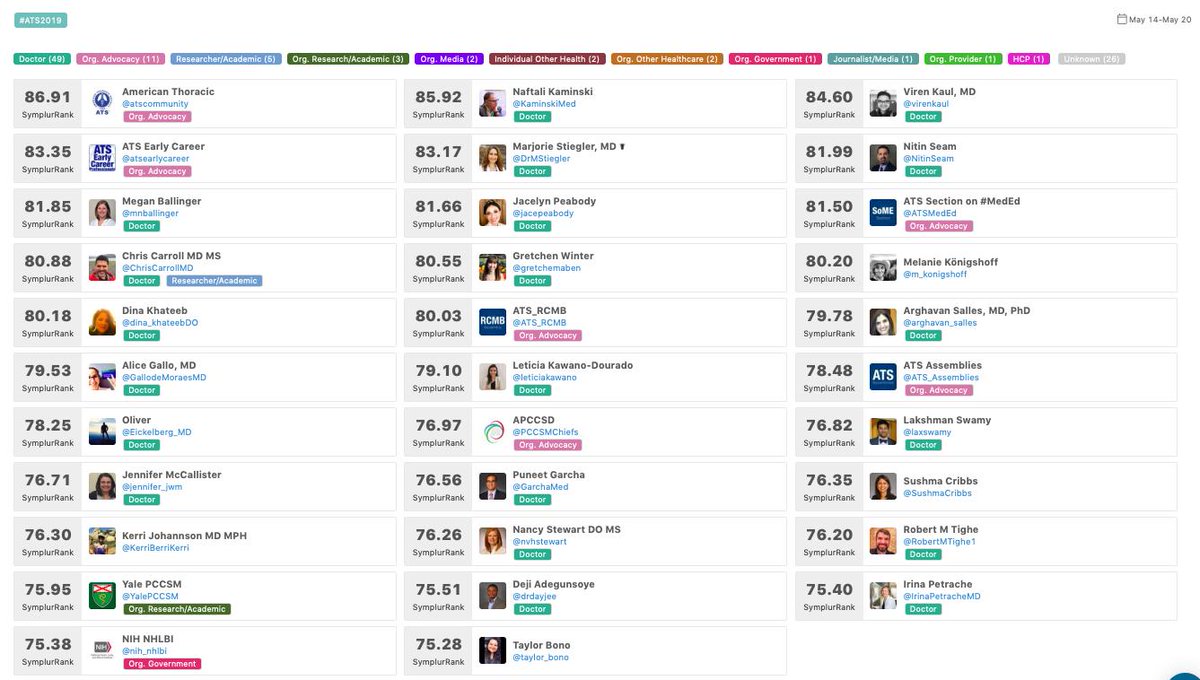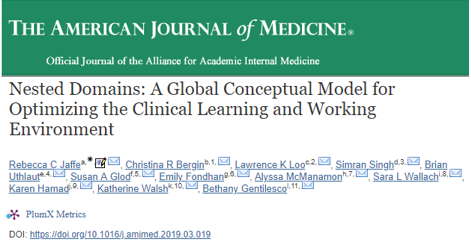Hello everyone! I’ve been inspired by #MedEd colleague @JenniferSpicer4 to make my foray into #IDTwitter. I’m jumping right in with a #Tweetorial that combines my curiosity for the language of medicine and passion for powerful visuals and teaching about antibiotics!
I’ve always been intrigued by how we describe abx decisions – ‘narrow’, ‘broaden’, ‘expand’, ‘[de]escalate’, etc. For my UME micro course, I made a figure that captures this terminology and lets learners compare/contrast spectra of activity visually.
Let’s build it together.
Let’s add names to the spectrum. On the left is Gram pos (because we always name Gram pos abx 1st, right? @PaulSaxMD) and on the right is Gram neg. I’ve also dropped 2 vertical lines – Abx A covers ONLY Gram pos, Abx C covers ONLY Gram neg, and Abx B covers a bit of both.

Thoughts #IDTwitter? How do you teach abx/spectra of activity to your learners? What other visuals have you seen? How can we make this better?
@CarlosdelRio7 @BonuraErin @BSchwartzinSF @Armstrws @BradSpellberg @Payal_Patel @PCH_SF @serotavirus @MDdreamchaser @gradydoctor

















